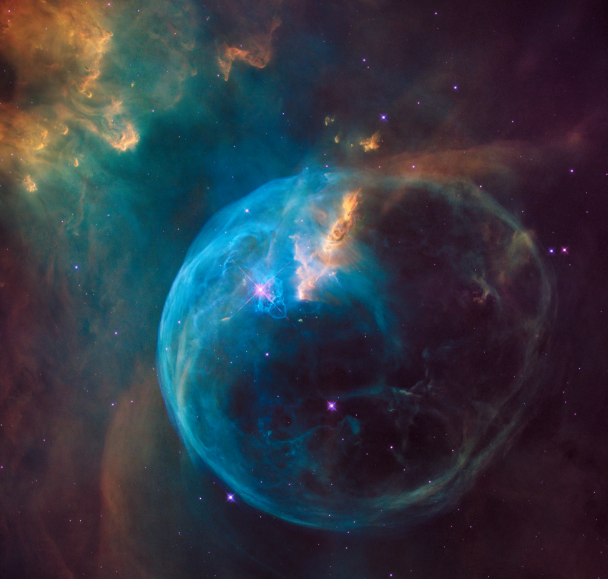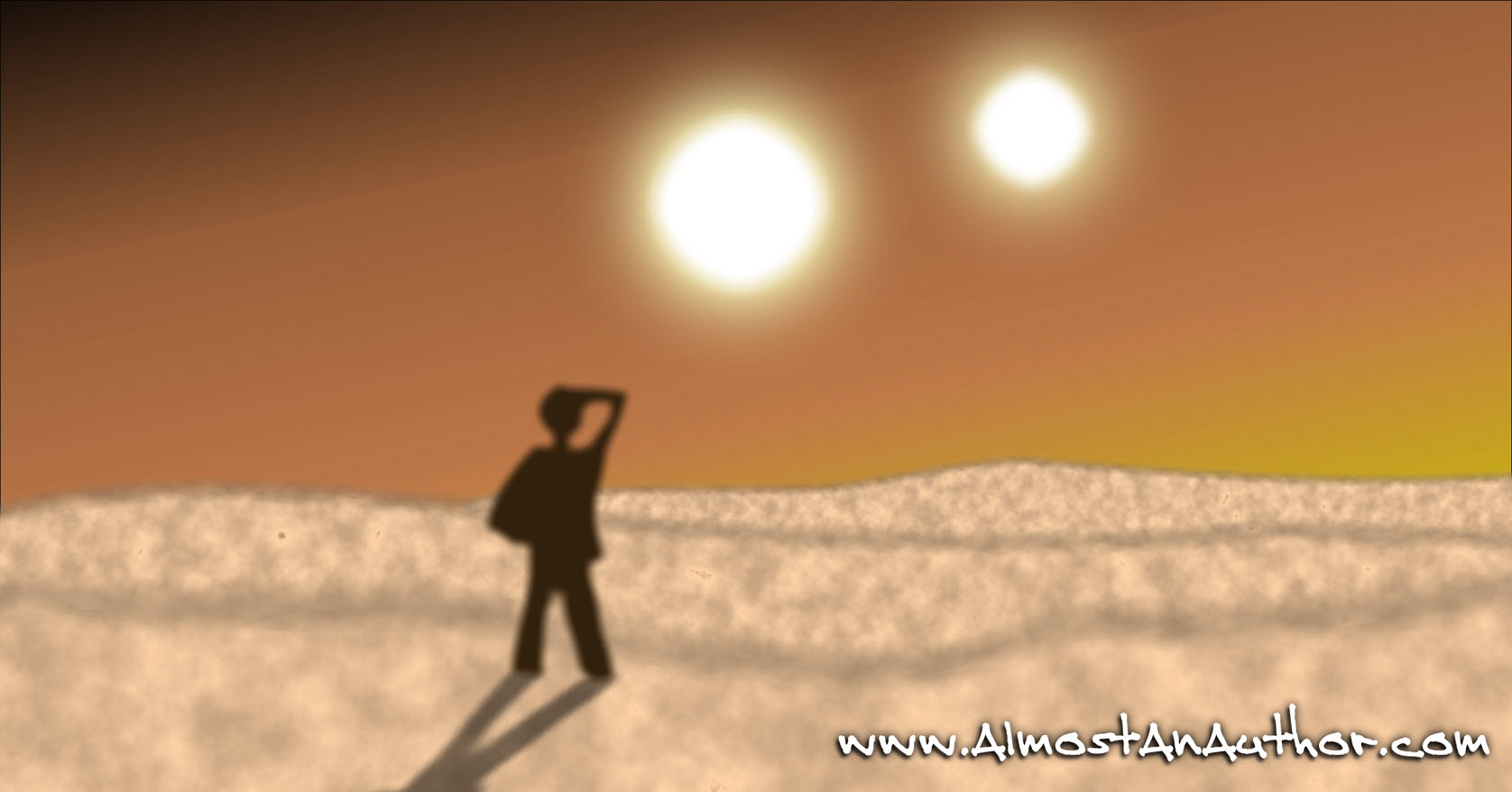
Fantasy-Sci-Fi
The Secret to a Good Sidekick
The beloved “sidekick.” Han had Chewy. Frodo had Samwise. Harry had Ron and Hermione. Captain Kirk had Spock.…
June 6, 2017
The beloved “sidekick.” Han had Chewy. Frodo had Samwise. Harry had Ron and Hermione. Captain Kirk had Spock.…
June 6, 2017
Recently, a friend of mine asked me if western civilization was at the end of its life cycle. It’s…
May 11, 2017
“Murder committed on a dark and stormy night.” “A grouchy widow lives alone in a broken down cottage.”…
April 6, 2017
In what world does your story live? Sounds like a strange question, doesn’t it? After all, most bookstores…
March 6, 2017
What do “The Lord of the Rings,” “The Chronicles of Narnia,” and “The Land of Oz” all have…
October 6, 2016
As Tatooine’s twin suns slowly inch to the sand dunes in the horizon, a lone figure strains his eyes…
September 11, 2016